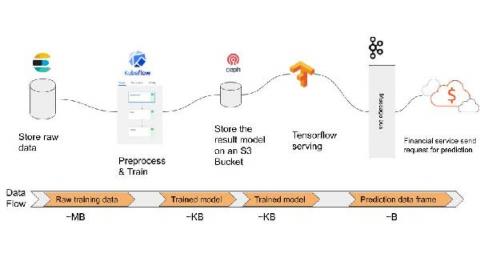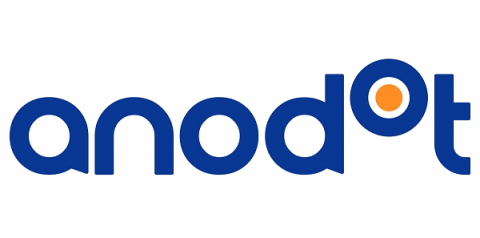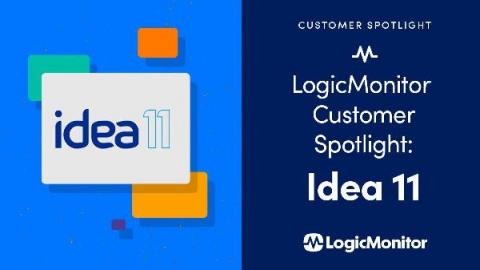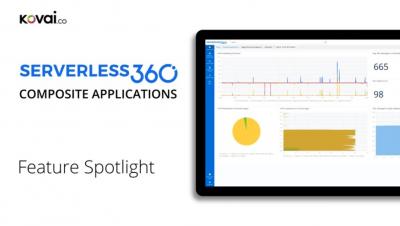SaaS vs. PaaS vs. IaaS: What's the Difference?
Every service you acquire to use temporarily and let go of when you’re done can use the “as a service” suffix. A cab is a vehicle as a service. Rather than buying a car, you merely pay to have another person’s car move you from one point to the next. IT services embody the same model. Browser-based text editors alleviate the need to install fully-fledged word processors on computers.











